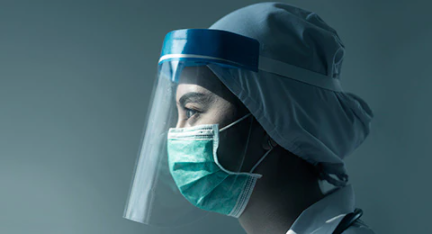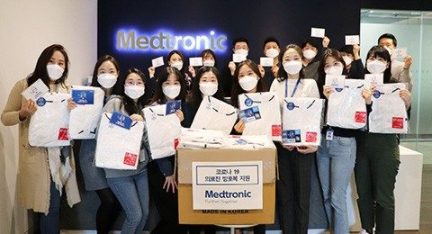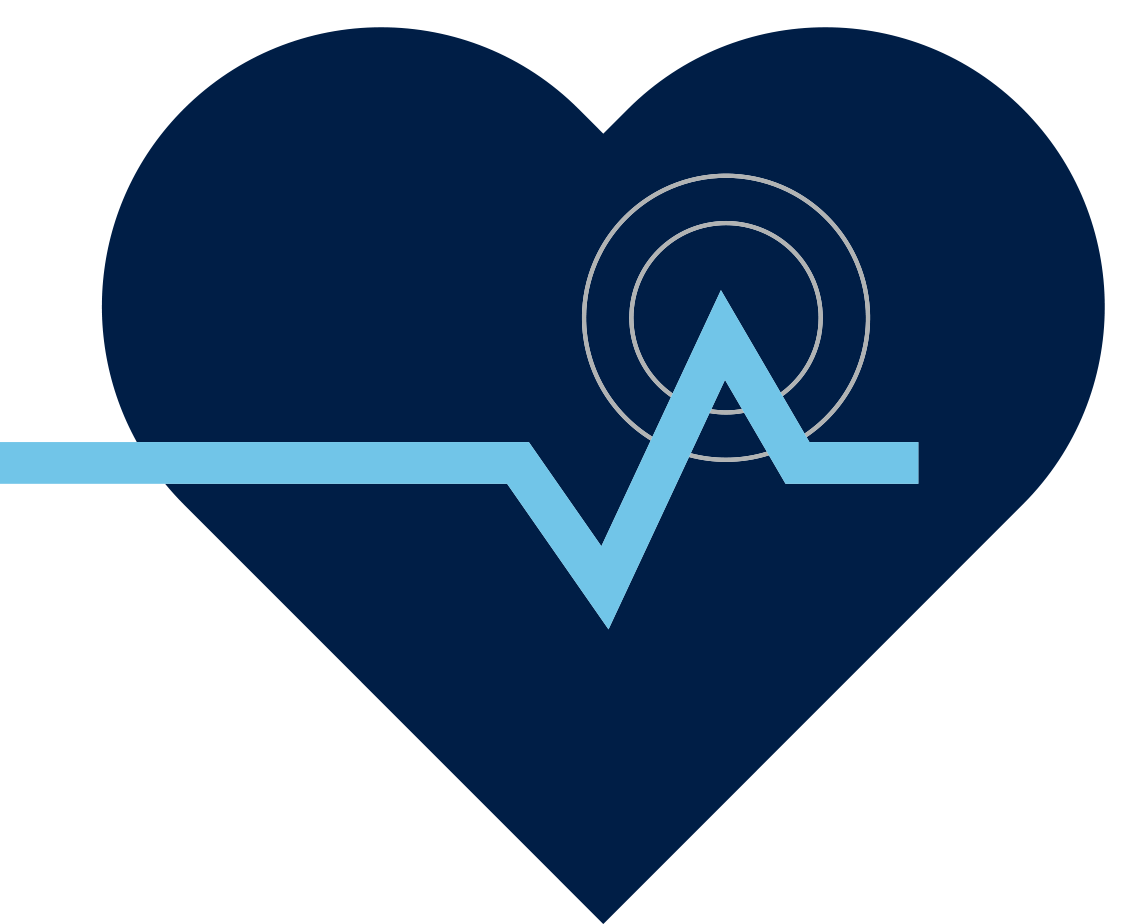
Stories
Remotely, together
Though we are separated by distance, the world is coming together to fight coronavirus. Coronavirus reminds us how our economies, industries, rituals, and life as we know it, exist in a delicate...
Though we are separated by distance, the world is coming together to fight coronavirus.
Coronavirus reminds us how our economies, industries, rituals, and life as we know it, exist in a delicate balance. What happens in one corner of the world inevitably impacts another. And seemingly overnight, those connections start to unravel. So while we continue to search for answers, we must find ways to help put things back together.

Caring for communities
The coronavirus doesn’t discriminate between rich or poor. Anyone can get infected. Still, the pandemic strikes a devastating blow to some of the world’s poorest communities. In Brazil, hospitals run out of beds.1 In Colombia, some families ask for food by tying a red rag on their door, a desperate “SOS” to neighbors.2 While the needs of some of these hard-hit countries are undeniably great, so is their courage and resilience. Inspired to help, Medtronic and the Medtronic Foundation build on local efforts to assist those in need, by continuing to support healthcare professionals and non-profits delivering COVID-19 relief. We are also amplifying our employees’ passion to help. The Medtronic Foundation matches employee donations 2:1* to increase personal giving impact in communities where we live and work.
When the going gets tough
The rapid spread of COVID-19 proves how inextricably connected and resilient we are. And when faced with a challenge which threatens those connections, we come together, learn new skills to help others, and put our technology to work in new ways. At Medtronic, we go back to our Mission, again and again, doing all we can to keep patients and providers safe, so health systems and communities can thrive.

With communities around the world at different stages of the pandemic, doctors, nurses, and public health officials continue to sound the alarm. They are running out of personal protective equipment (PPE) such as gowns and face masks, as well as nose swabs, and chemicals to make coronavirus tests. And while Medtronic doesn’t manufacture those items, we join forces with companies, nonprofits, and thought leaders to share our insights and deliver what’s needed. For example, we worked with an American company to develop a prototype for a 3D-printed face shield with a visor. In less than a week, hospitals ordered more than 300,000. We helped a Stanford University bioengineer design face shields out of scuba masks. And the Medtronic Foundation partnered with several organizations including Americares, DirectRelief, and UNICEF to protect health workers around the world.
Stronger together
No one can fight COVID-19 alone. And that goes for us, too. We are reaching out to collaborators and competitors alike to help support hospitals and healthcare workers. We led a team to form the global Ventilator Training Alliance, aimed at training and providing support to those working with this life-saving technology. In Canada, the government backed Baylis Medical’s efforts to ramp up the production of ventilators based off specifications we publicly shared. We joined the University of Minnesota, Boston Scientific, UnitedHealth Group and others to create, deploy, and share designs for the Coventor — a simple, low-cost ventilator designed for healthcare workers with limited access to traditional ventilator devices. By teaming up with companies such as VinGroup, Walton Group, and Tata Group, we are increasing access to ventilators in Vietnam, Bangladesh, and India. And we engaged in a partnership with Intel to expedite efforts to develop remote management capabilities of our most advanced ventilator. By working together, we don’t lose a competitive edge — we gain hope.

A long journey
Ventilators are not simple machines. Our most complex model consists of more than 1,500 parts sourced from 100 suppliers across 14 countries. As countries began closing borders and restricting imports and exports to limit the spread of the virus, our global supply chain confronted unprecedented challenges. We worked to help them continue operating and ramp up production of critical components. Distribution partners ensured medical suppliers and products could continue to reach patients and healthcare professionals in need.

On the road to recovery
A tenuous sense of normalcy is taking root in places where coronavirus cases are declining. But the new normal is anything but normal, especially when some experts believe we’ll have to maintain some degree of social distancing for years to come. In South Korea, professional baseball has resumed, but cardboard banners in the stands replace fans.3 In Denmark, schools have reopened, but students sit two meters away from their classmates.4 Around the world, we see hospitals reopening their doors to patients seeking elective procedures. The virus isn’t gone, but we are learning to live with it in our midst.
More work to be done
When we work together, we are capable of incredible things. Donations pour into food banks. Adoptions at animal shelters soar. Small businesses pivot to help frontline workers. Coronavirus isn’t getting the best of us. It’s bringing out the best in us. Still, we can’t ignore the tremendous challenges that remain, especially in healthcare. Hospitals are reporting fewer visits for heart attacks, strokes, and other medical emergencies, suggesting patients are avoiding critical care for fear of contracting COVID-19.5 Meanwhile, the backlog of well-visits and preventative screenings continue to grow. In a post-pandemic world, how will hospitals pick up where they left off? How will the patient experience change? How will staffing models and workflows adjust? What role will technology play in this new chapter? Signs of post-pandemic recovery point to virtual care as one solution, but we know there are other paths out of this crisis. Medtronic employees around the world are banding together to help the healthcare industry navigate the radically altered landscape by offering shared solutions, resources, and hope.

Global neighbors
The virus is still spreading in communities around the world, but it isn’t outpacing the spread of compassion and acts of kindness. People readily give what they can to those in need. Non-profits, like Migrant Rights Centre Ireland, push for safer working conditions for those employed by nursing homes and meat packing plants where there is a high risk for infection. In South Korea, our employees launch a fundraiser for doctors and nurses needing protective gear. Goodwill holds out.
United for the long haul
Our societies are irreversibly changed, but the power of connection and optimism remains. We will remember those we’ve lost and revere the allies we’ve gained. There are so many things keeping us apart, but somehow the distance has brought us together. No matter where we are, we will learn, adapt, and overcome.


